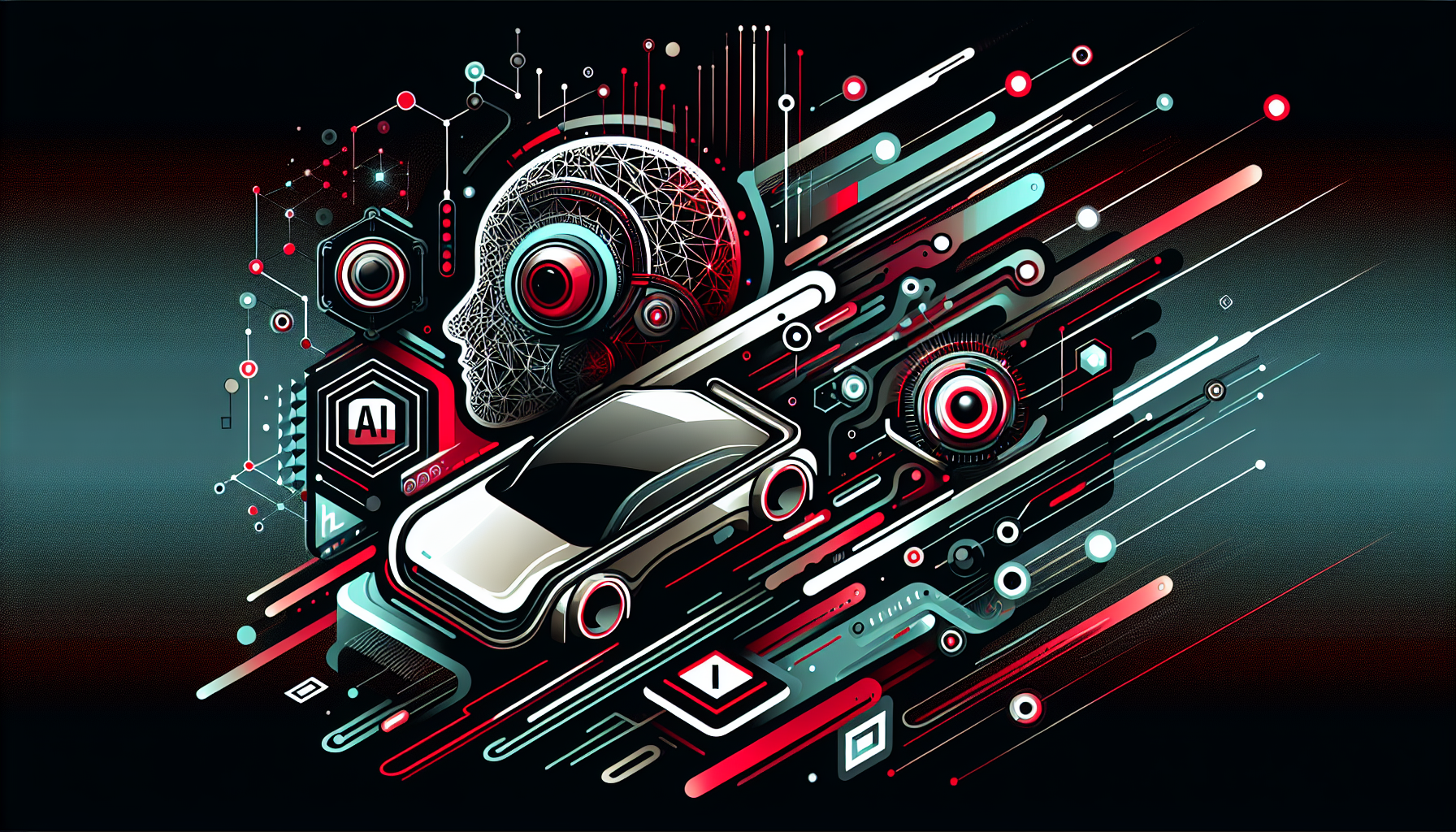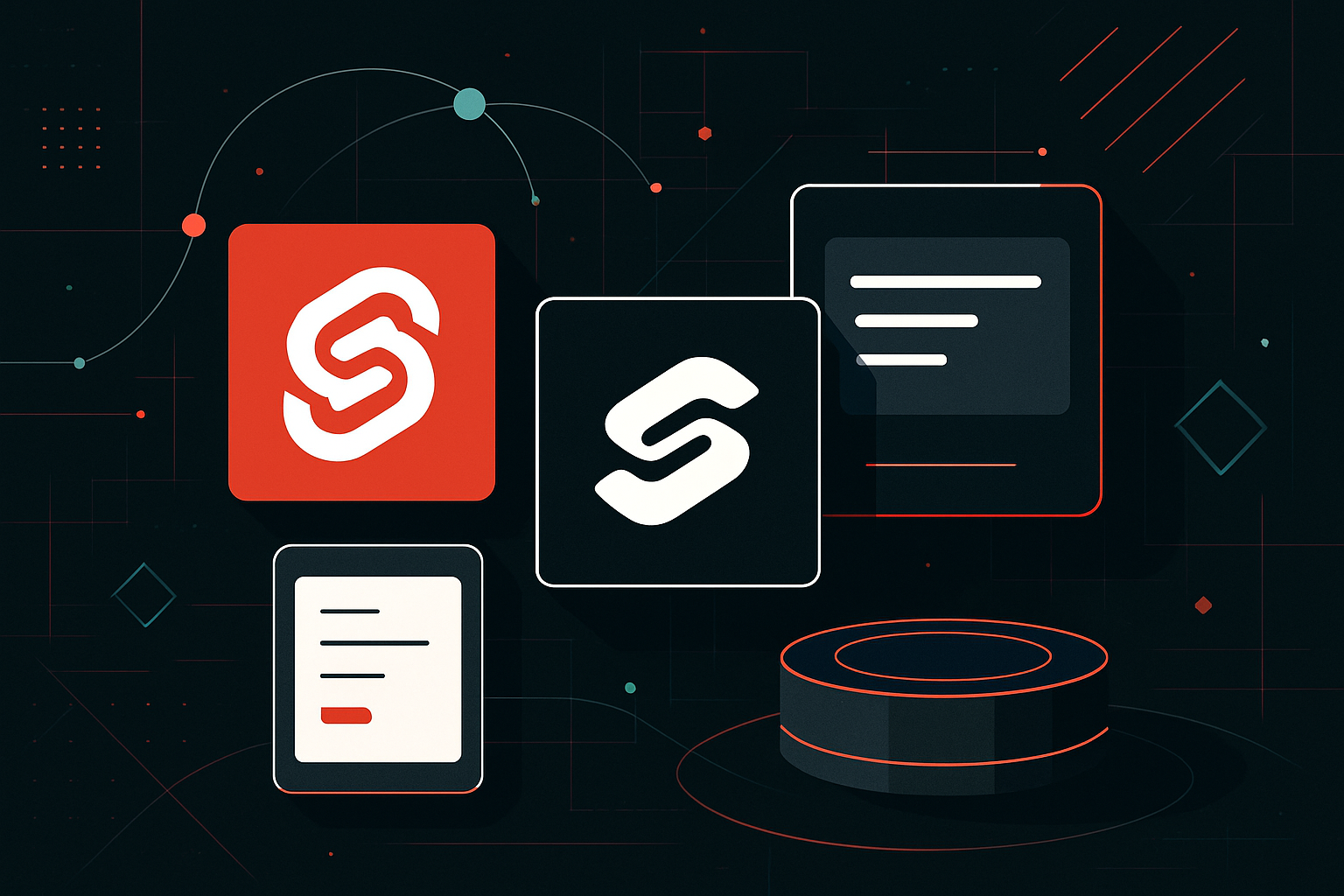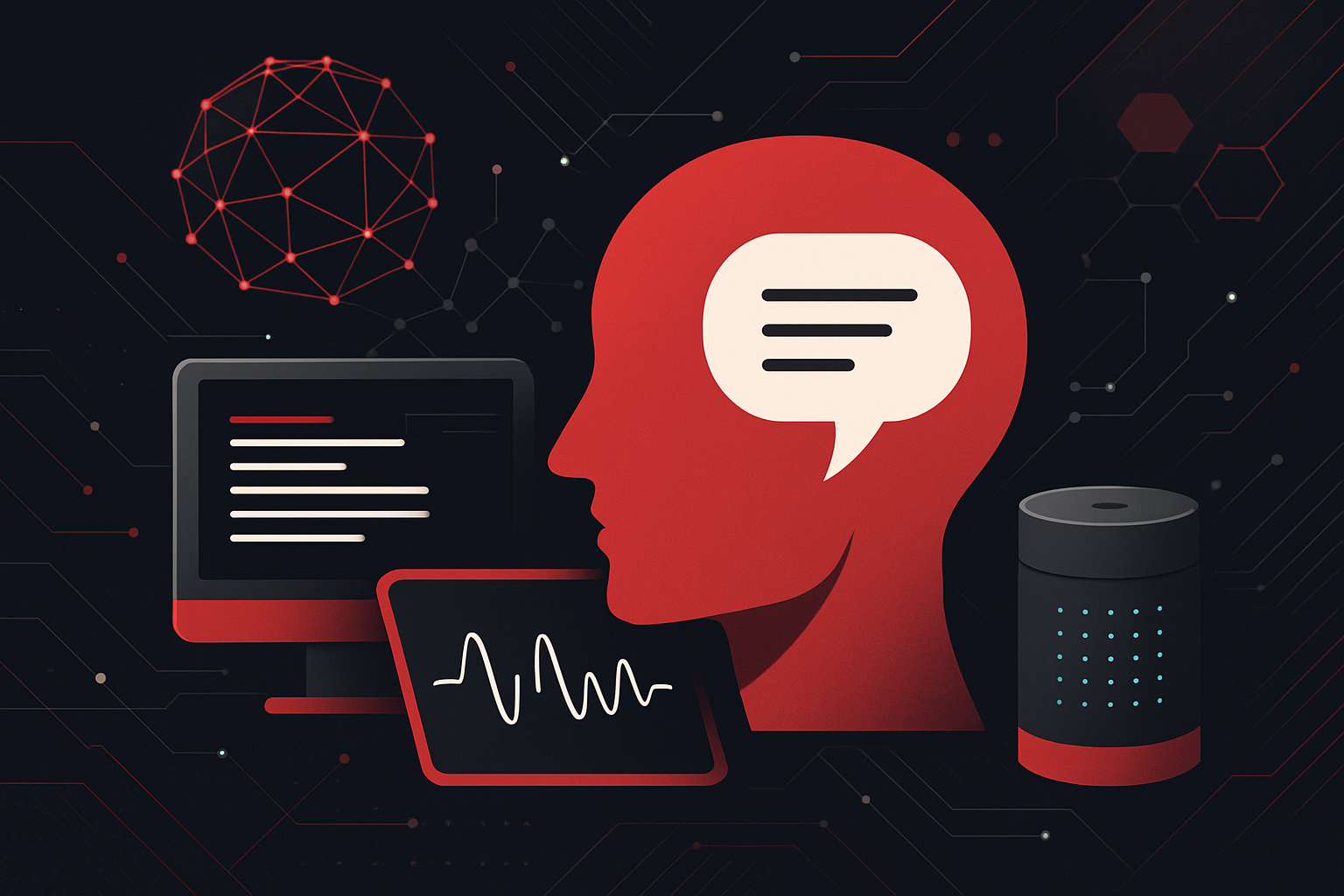How AI Is Shaping the Future of Autonomous Vehicles

Core AI Technologies Powering Autonomous Vehicles
Sensor Fusion and Perception
Autonomous vehicles (AVs) rely on multiple sensors—LiDAR, radar, cameras, ultrasonic—to interpret their surroundings. Sensor fusion combines data from these sources to create a unified, accurate environmental model.
Key Algorithms
- Kalman Filters: Used for linear sensor fusion, e.g., combining radar and camera data for object tracking.
- Particle Filters: Handle non-linear sensor fusion tasks, such as localization in complex environments.
- Deep Learning Models: Convolutional Neural Networks (CNNs) for image segmentation and object detection.
Practical Example: Sensor Fusion Pipeline
import numpy as np
def kalman_filter(z, x_prev, P_prev, F, H, Q, R):
# Prediction
x_pred = F @ x_prev
P_pred = F @ P_prev @ F.T + Q
# Update
y = z - H @ x_pred
S = H @ P_pred @ H.T + R
K = P_pred @ H.T @ np.linalg.inv(S)
x_new = x_pred + K @ y
P_new = (np.eye(len(K)) - K @ H) @ P_pred
return x_new, P_new
Decision Making and Planning
High-level driving decisions and trajectory planning are managed by a combination of rule-based logic, probabilistic models, and reinforcement learning.
Techniques
| Technique | Application Example | Strengths |
|---|---|---|
| Finite State Machines (FSMs) | Lane keeping, stop sign behavior | Predictable, explainable |
| Markov Decision Processes (MDPs) | Long-term route planning | Handles uncertainty |
| Deep Reinforcement Learning (DRL) | Adaptive cruise control, overtaking | Learns complex behaviors |
Step-by-Step: Path Planning with A* Algorithm
- Grid Map Creation: Represent the environment as a grid, marking obstacles.
- Node Expansion: Use A* to explore nodes based on cost (distance + heuristic).
- Path Generation: Retrieve the optimal path from source to goal.
import heapq
def a_star(grid, start, goal, heuristic):
open_set = []
heapq.heappush(open_set, (0 + heuristic(start, goal), 0, start, []))
visited = set()
while open_set:
_, cost, current, path = heapq.heappop(open_set)
if current == goal:
return path + [current]
if current in visited:
continue
visited.add(current)
for neighbor in get_neighbors(current, grid):
if neighbor not in visited:
total_cost = cost + 1
heapq.heappush(open_set, (total_cost + heuristic(neighbor, goal), total_cost, neighbor, path + [current]))
return None
Localization and Mapping
Accurate localization is critical for AV safety and navigation. AI enhances SLAM (Simultaneous Localization and Mapping) through deep learning-based feature extraction and semantic mapping.
Comparison Table: Localization Methods
| Method | Sensors Used | Accuracy | Typical Use Case |
|---|---|---|---|
| GPS + IMU | GPS, IMU | ~1-3 meters | Highway navigation |
| LiDAR-based SLAM | LiDAR | <10 cm | Urban, complex environments |
| Visual SLAM | Cameras | <20 cm | Low-cost, indoor/outdoor |
End-to-End Learning
Recent advances use deep neural networks to map raw sensor input directly to steering and throttle outputs, bypassing modular pipelines.
Example: Behavioral Cloning for Steering
import tensorflow as tf
from tensorflow.keras import layers
model = tf.keras.Sequential([
layers.Conv2D(24, (5, 5), strides=(2, 2), activation='relu', input_shape=(66, 200, 3)),
layers.Conv2D(36, (5, 5), strides=(2, 2), activation='relu'),
layers.Conv2D(48, (5, 5), strides=(2, 2), activation='relu'),
layers.Flatten(),
layers.Dense(100, activation='relu'),
layers.Dense(50, activation='relu'),
layers.Dense(10, activation='relu'),
layers.Dense(1) # Steering angle output
])
model.compile(optimizer='adam', loss='mse')
Real-Time Safety and Redundancy
AI systems in AVs use:
- Redundant Perception: Multiple models running in parallel for cross-validation.
- Anomaly Detection: Outlier detection in sensor readings using autoencoders.
- Failover Mechanisms: Fallback behaviors triggered by sensor/model failure.
Infrastructure and Data Management
Massive data from fleets is managed using cloud AI pipelines for:
- Data Labeling: Semi-automated with human-in-the-loop.
- Model Retraining: Continuous learning with new edge cases.
- Simulation: Synthetic data generation for rare scenarios.
Data Flow Table
| Stage | AI Role | Tools/Frameworks |
|---|---|---|
| Data Collection | Automated event detection | Edge AI, onboard inference |
| Curation | Active learning, auto-labeling | Supervisely, Scale AI |
| Training | Distributed deep learning | TensorFlow, PyTorch, Horovod |
| Deployment | Model compression, A/B testing | TensorRT, ONNX, Docker |
Industry Examples
- Waymo: Custom deep learning models for perception; HD maps and LiDAR SLAM for localization.
- Tesla: Vision-only approach using neural nets for perception and planning.
- Baidu Apollo: Open source, modular stack with AI-powered prediction and planning.
Key Takeaways Table: AI Impact on Autonomous Vehicles
| Area | AI Technique | Practical Benefit |
|---|---|---|
| Perception | Deep learning, fusion | Accurate object/environment detection |
| Planning | Reinforcement learning | Human-like, adaptive driving |
| Localization | Deep SLAM | Precise vehicle positioning |
| Safety | Anomaly detection, redundancy | Improved reliability and fallback |
| Data Management | Active learning, simulation | Faster, more robust development |





0 thoughts on “How AI Is Shaping the Future of Autonomous Vehicles”